Rapport is at the heart of meaningful communication and effective therapy, but many traditional approaches rely on punitive or harsh communication styles that can undermine trust and learning. In this episode, Jessica shares why these methods often backfire—drawing from child development research and gentle communication approaches—and walks through practical, evidence-informed techniques to strengthen rapport.
Full Transcript of Podcast: Communication Techniques that Strengthen Rapport
Episode 146 - Communication Techniques that Strengthen Rapport
Hi everyone, and welcome to episode 146 of the Speech Space Podcast. I'm Jessica Cassity, a certified speech-language pathologist and communication enthusiast, and I'm so glad that you're here today. We're diving into a topic that forms the foundation of nearly every interaction we have as SLPs. Whether you are working with preschoolers, middle schoolers, or adult clients, rapport is not just something that's nice to have. It is the bridge that allows trust, cooperation, and real growth to happen.
Before we get started, I wanted to mention that this podcast is sponsored by The Digital SLP. Digital SLP is a website designed by an SLP for SLPs and is filled with a library of over 2000 engaging, time-saving interactive resources that are all perfect for in-person sessions and teletherapy alike. You can learn more or sign up for a free 30 day trial by heading on over to thedigitalslp.com/digitalslp. All right, let's jump into today's episode. So before we talk about specific techniques, let's take a moment to really consider why rapport matters. Rapport is like the soil that learning and connection grow in. Without it, our sessions can feel transactional, resistant, or even tense with it, students feel safe to take risks, make mistakes, and stretch themselves. As SLPs, we are often asking our clients to do vulnerable things like produce difficult sounds in front of peers, express tricky emotions, or stick with challenging tasks.
A strong rapport helps ensure they don't feel alone in that process. In gentle parenting and coaching approaches, connection is often seen as the prerequisite for learning and behavior change, not the reward after compliance. That mindset applies beautifully to our therapy rooms too. Before we move in into what does work, I wanted to pause here to talk about something many of us have experienced sometimes even modeled in professional settings, and that is punishment based or harsh communication. This can look like stern directives, raise voices, public correction, sarcasm, or even withdrawing attention as a form of control. Often these methods come from a place of good intentions. The idea that if we make expectations clear and apply consequences, students will learn quickly. However, research in child development, neuroscience and psychology tells us a different story. These strategies can actually do more harm than good, both for rapport and for learning.
Firstly, harsh communication activates the stress response. When a child or a client is shamed, scolded or senses anger, their nervous system shifts into a defensive state, fight, flight, or freeze, and here's the catch. When the brain is in that state, the parts responsible for language, language, reasoning and learning, they essentially go offline instead of motivating. Cooperation, punishment often just shuts down exactly the skills that we're trying to teach. Secondly, it damages trust. Yes, a student might comply in the moment because they're afraid, but internally they may be feeling disconnected, resentful, or unsafe. Oftentimes, when kids feel threatened, their primary focus becomes self-protection, not collaboration. If you're familiar with Dr. Becky Kennedy, she often says disconnection might control behavior in the short term, but connection is what teaches in the long term. In other words, if you don't have connection, then it's very difficult to have a successful communication interaction.
Third, harsh communication can foster shame, not reflection. So punitive approaches often can make children think "I'm bad" instead of, oh, "I made a mistake and I can fix it." Shame shuts down. Curiosity and problem solving and connection invites reflection and growth. Finally, harsh methods increase power struggles. They set up a me versus you dynamic, which over time can lead to more oppositional behavior, more withdraw or both. And in speech therapy or in the classroom where our goal is collaboration, engagement, and trust, that dynamic works directly against our goals. Now, this doesn't mean letting go of structure or boundaries. Connection based communication is not permissive. It's sturdy and kind at the same time. We hold expectations, but we do so while maintaining warmth and respect. So if harsh communication is not effective, then what does help? Before we get into specific techniques, there's a foundational mindset that sets the stage for strong rapport.
First of all, there's presence and curiosity. You want to enter your sessions with a curious open mind instead of rushing to correct pause and ask what is really going on here? Secondly, there's self-regulation and awareness. You are often the emotional anchor in the room. These children are looking up to you. If you are feeling stressed or rushed. It's hard to hold space for a child's big feelings, so it's really important to know that regulating yourself first is essential. Third, there is humility and repair. We will all make mistakes that is inevitable. Having the confidence to say, I'm sorry, let's try that again, actually builds rapport. It does not weaken it, and it leads by example. With this mindset in place, let's go ahead and move into specific strategies. The first thing we're going to talk about is connecting first and then asking second. So instead of diving straight into directives, begin with connection.
Take a moment to notice the student acknowledge their effort or share a brief genuine interaction before inviting them into a task. This simple shift helps students feel seen and respected, which lowers defensiveness and builds trust. When students feel connected first, they're much more regulated and far more likely to listen and follow through. Next, let's talk about emotion naming and validation. When you notice frustration, hesitation, or withdrawal, take a moment to name what you see gently and without judgment. Phrases like, I see you have a lot of energy, or I can see this is really frustrating. Help for students to feel understood. Now, this doesn't excuse behavior problems as they arise, but it communicates that you get it, and when students feel seen, their nervous systems settle, they're more likely to reengage and less likely to dig in or shut down. For example, you might say something like, it seems like this part is feeling really overwhelming.
That makes sense. It's a lot. Let's pause and figure it out together. Next, we're going to talk about something that many of you will be familiar with, and that is using I statements and needs framing. So you want to frame things in terms of your perspective instead of blame. For example, you might say something like, I feel concerned when it's very quiet because I want to know how you're feeling. Can you share what's on your mind? Or if it's extra noisy during your session or the classroom that day, you could say something like, I'm noticing it's really loud right now, and I'm worried that we're not going to get through our work. Now, most children, especially if you've already established a good connection with them, they're going to care about your concern and they're going to listen. Of course, there will be those who do not, and you will need to consider adding specific behavior modification techniques in place for those students.
Now, let's talk for a minute about boundaries. With sturdy leadership, boundaries matter not just for maintaining structure, but also for helping students to feel safe. When we set limits calmly and clearly, we communicate, I am the steady leader here. You don't have to push to find the edges because there are already in place. The key is to hold those boundaries firmly without shaming. Harsh tones or punitive reactions can trigger defensiveness or even cause some children to become very upset and shut down, but clear, calm leadership builds trust. That way students learn that they can rely on us to stay steady even when things get messy. For example, you might say something like, I can't keep working with all the shouting going on. Let's pause for a moment, take a deep breath and try again when we're both ready. Now we're going to talk about repairs and do-over when rapport breaks down, and it will from time to time that happens, but you just don't wanna gloss over it.
Those moments are actually powerful opportunities to model healthy communication. By naming what happened and offering a genuine repair, you show students that relationships can handle bumps and be mended. This builds trust, important social emotional skills, and also helps reestablish safety so learning can continue. For example, you might say something like, I got a little frustrated earlier and I'm sorry. Let's try that part again. That simple moment of honesty can completely reset the tone and invite the students back into connection. Lastly, I'm going to talk about invitations and choices. Collaboration builds ownership and offering simple choices is one of the quickest ways to bring students into the process. When students are given some control, even in very small ways, it restores their sense of autonomy and it lowers resistance. Instead of feeling like something is being done to them, they feel like they're a part of the plan.
Now, this shift often increases engagement and it reduces power struggles as well because they've had a voice in how things unfold. For example, you might say something like, would you like to start with the card deck activity first or warm up with a quick sound drill? It can be something as simple as that, two different choices just to let them kind of weigh in and decide what takes place next. Now, these strategies can work across context, so they can be used outside of the speech room or the classroom. They could be used with caregivers or parents using things like I statements can be helpful to soften difficult feedback, modeling, repair, even after tense conversations during a meeting, you might say something like, I may have jumped into quickly, let's revisit this. In teletherapy, you can use some of these strategies. For example, you can narrate observations like, I notice you are looking away, which even just stating that simple statement can often invite engagement.
Now, some pitfalls and reminders that I did wanna go through, connection based communication is not permissive. It's sturdy and warm at the same time, and I think that's a common misconception that if I'm not stern and I'm not carrying all the power, that I'm going to lose control, and that is just not the case. Over apologizing can undermine leadership, so you wanna repair, you know how we talked about before, if things escalate, you can always say, let's try that again, but you don't wanna collapse, so you wanna repair in a controlled manner, but you don't necessarily want to over apologize or look like you're not capable of holding the space. Remember, connection is the teaching tool. Rapport does not just make interactions with your students smoother, it also makes them more effective. So if there is just one message that I hope you take from this episode, it's that your relational presence is just as important as your clinical expertise.
When you lead with connection, curiosity, and sturdiness, you not only strengthen rapport, but you create the conditions where communication can truly grow. So next time you're in a session, just try out one of these tools, maybe naming an emotion or offering a choice and see how the dynamic shifts. Thank you so much for tuning in today. If you enjoyed this episode, I'd love f you could leave a review to help more SLPs discover the show and do not forget to check out The Digital SLP membership site at thedigitalslp.com/digitalslp. With a 30 day free trial, you can access more than 2000 engaging interactive resources designed to save you time and keep your students motivated. Thank you again for listening, and I will catch you in the next episode.

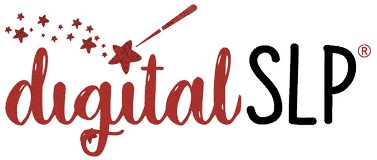
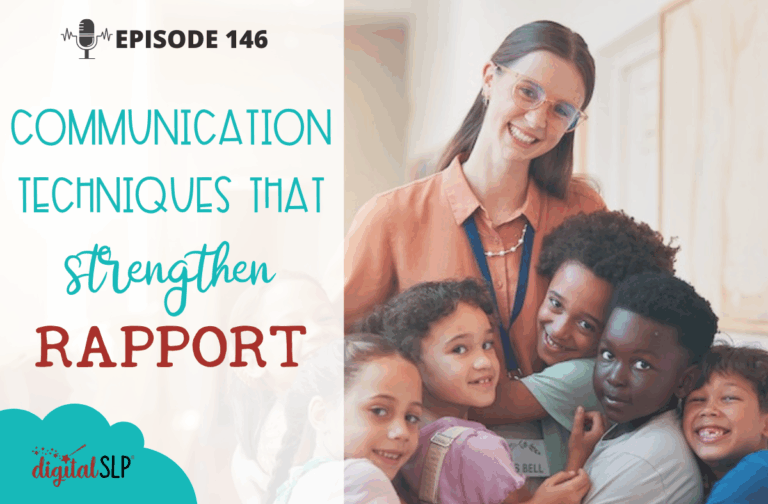
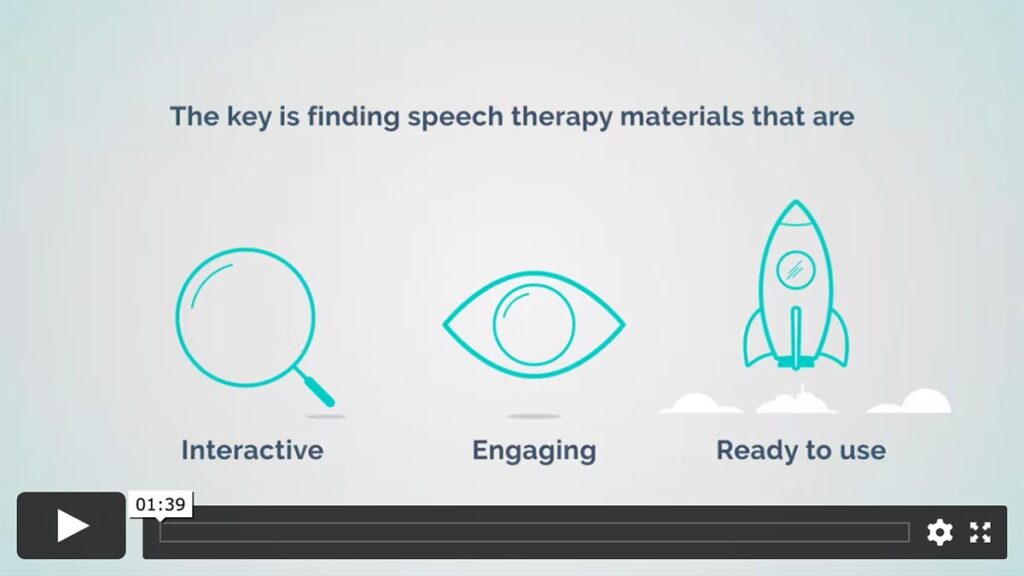


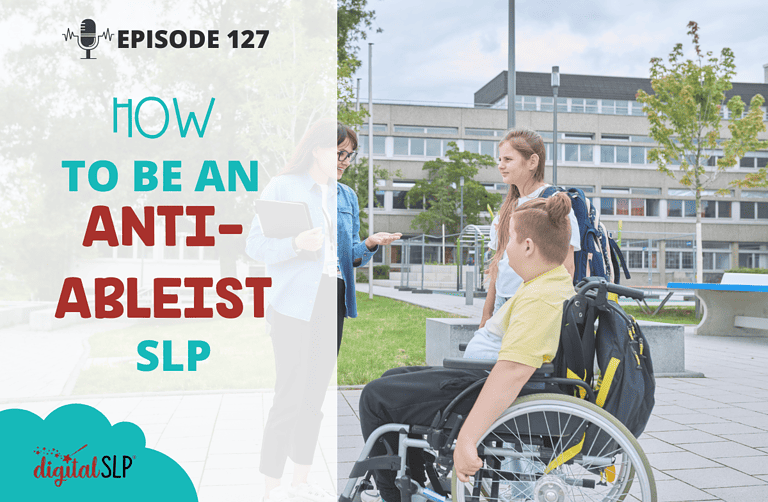

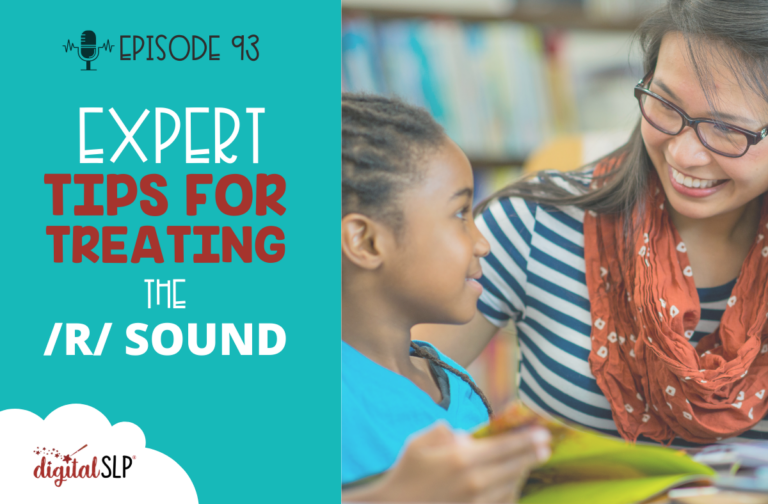
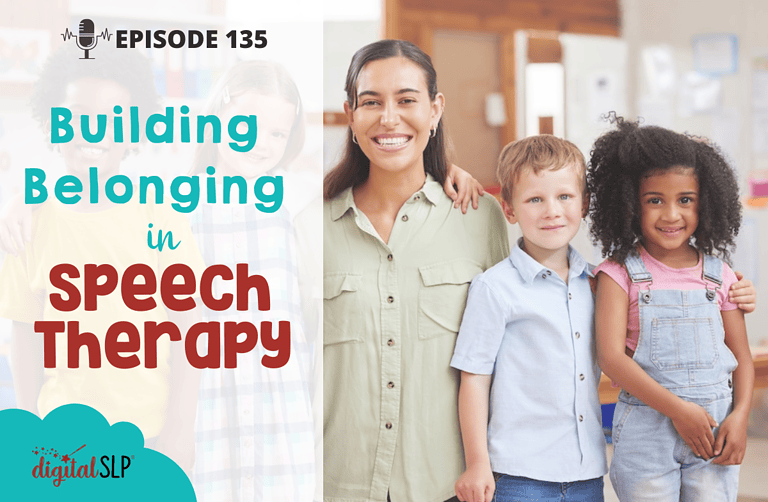

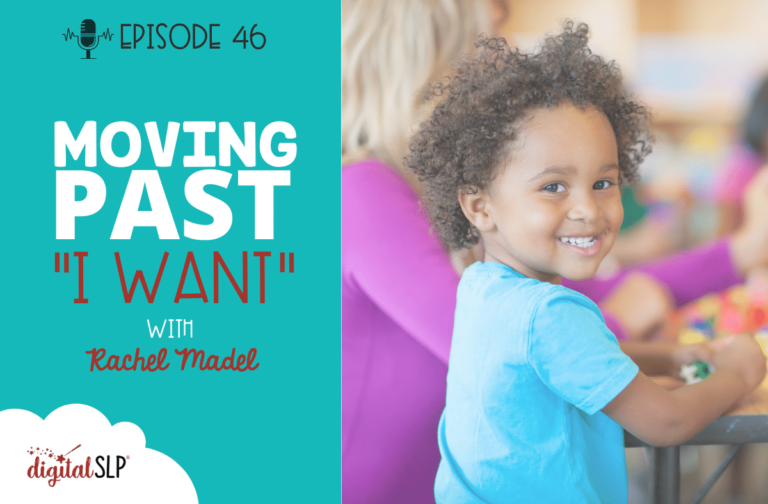

Recent Comments